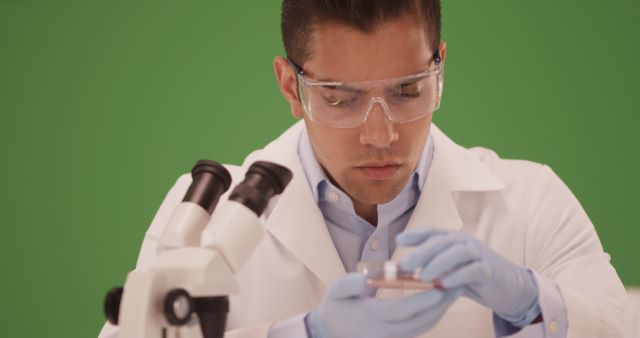
Research Experiences for Undergraduates (REU) internships are competitive, so Rose-Hulman Institue of Technology was very proud of the seven students who showcased their research in National Science Foundation-funded REU projects this past summer.
According to Rose-Hulman, the students experienced firsthand how large research institutions conducted research projects.
Luci Duncan, a senior majoring in biomedical engineering, researched a structural defect in the base of the skull and cerebellum in which brain tissue extends into the spinal canal.
Duncan’s projects were accepted for poster presentations at the Annual Biomedical Research Conference for Minoritized Scientists (ABRCMS). She also presented her research at the ABRCMS conference, which was held in Anaheim, California November 9-12.
Sophia Gospodinova, a junior majoring in chemistry, interned at Texas A&M University where Sophia worked on changing the phase of material that’s used to make energy with the goal being to create refrigerant material that is environmentally friendly.
Nathan Hurtig, a junior majoring in computer science and mathematics, examined math principles at the University of Maryland. He spent the summer working on a pure math equation that had not yet been solved. Hurtig was one of 15 students accepted as an intern out of 200 applicants. As a result of the internship, Hurtig discovered a new sequence of numbers that has never been studied before.
Elsa King, a junior majoring in biomedical engineering, was one of 30 applicants (out of 500) selected to intern at Wake Forest University where she mapped subject-specific cortical thickness to models to prevent hip fractures.
“The main goal was to make patient-specific femur models, specifically for people with osteoporosis, so we can study if they were to fall, what their fracture risk would be,” said King, who is also a Noblitt Scholar. “I spent the summer working on writing an algorithm to take the cortical thickness of patient data and add it to the model we were building.”
King and her injury biomechanics research group received a second-place award for their work. She credits Rose for helping her prepare for the internship, especially with respect to independent work and problem-solving.
Ellen Shales, a sophomore majoring in biomedical engineering, interned with the University of Wisconsin’s behavioral neuroscience lab studying autism in adolescents. Her project specifically involved tracking the eye movements of adolescents while they played a computer game to learn how the kids subconsciously picked up on contextual cues. Shales analyzed the eye movement data that was obtained.
“The biggest diagnostic component of autism is abnormal social behavior,” said Shales. “In the computer games, they are behaving properly and picking up on social cues in the environment. If we can understand how the kids are picking up on the contextual information without being told, then we can better understand how they process the data and use that to help their behavior in situations.”
Sarah Shibuya, a sophomore majoring in biomedical engineering, spent her summer at the Vanderbilt Institute for Nanoscale Science and Engineering’s cancer metastasis lab working towards finding treatments.
Shibuya worked with E-selectin, which binds white blood cells to liposomes to deliver TRAIL, a protein that forces metastasizing cancer cells to die. Shibuya received the best overall poster for her research project. She was also invited to attend the National Conference for Undergraduate Research in the spring and asked to showcase her work at the Biomedical Engineering Society Conference in San Antonio in October. She plans to obtain a doctorate degree in biomedical engineering or biology, focusing on neurodegenerative diseases or cancer research.
Hannah Snider, a junior majoring in chemical engineering and chemistry, spent the summer at Stanford University examining the characterization of membranes and nanomaterials. Snider worked with a polymer called polydicyclopentadiene (pDCPD), which is used in items like automobile parts.
“At the end of the summer, I met with the head of the lab and research group [Dr. Reinhold H. Dauskardt] and he said he cannot believe the preparation I had for this experience,” said Snider. “He said, ‘We are so impressed with what you demonstrated in the lab as an undergraduate and this is kudos to your university.’ He also told me that I was guaranteed a spot in his lab for graduate school.”
The U.S. Army Corps of Engineers has been tasked with…
Brown and Caldwell, a leading environmental engineering and construction firm,…
Humboldt State University, one of four campuses within the California…